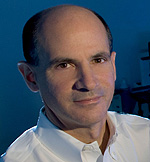
Click to play video
NIH Director’s Wednesday Afternoon Lecture Series: The Annual Florence Mahoney Lecture
Aging is a process that is generally viewed as unidirectional, relentless, and inevitable. However, in addition to the existence of non-aging species, or at least species with negligible senescence, data from a wide range of living organisms suggests that environmental influences can markedly slow and even halt the aging process. Furthermore, recent experimental evidence suggests that aspects of the molecular and functional characteristics of aged cells and tissues even in mammals can be restored to a more youthful state. Analyses of age-related changes in cells have revealed clear epigenetic changes, and the reversibility of some of those processes, in essence leading to cell and tissue rejuvenation, suggest epigenetic mechanisms.
Current studies focus on understanding the nature and regulation of those epigenetic mechanisms and the extent to which the aging clock can be rewound or reset by defined environmental influences while leaving other cellular characteristics, such as their state of differentiation, intact.
Our tool is your gateway to effortless instagram video download.




